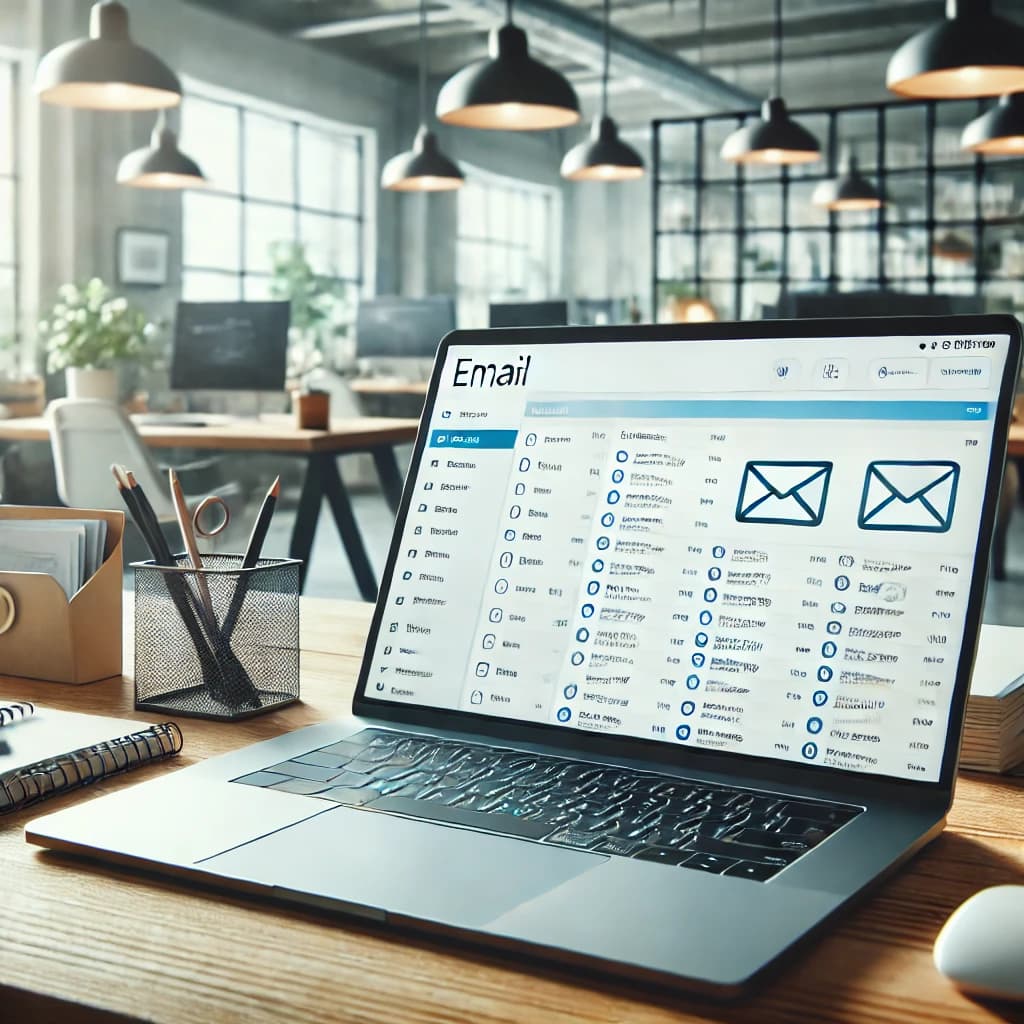Mastering Email Phasing: A Guide to Effective Communication
Phasing emails effectively can transform your communication skills, making your messages clearer, more engaging, and appropriately toned. Here’s how you can master email phasing to achieve better results.
by Ghanashyam Gautam
Published 23 June 2024

Mastering Email Phasing: A Guide to Effective Communication
In the digital age, emails remain a cornerstone of professional communication. However, the effectiveness of your emails often hinges on how well they are phased. Proper email phasing can ensure your message is clear, your tone is appropriate, and your audience is engaged. Here’s a comprehensive guide to help you master the art of email phasing.
Understanding Email Phasing
Email phasing refers to the way you structure and organize your email content. It involves breaking down your message into distinct phases or sections, each serving a specific purpose. This approach helps in conveying your message more effectively and makes it easier for the recipient to follow along.
The Importance of Email Phasing
1. Clarity: By phasing your emails, you can present your ideas logically, making it easier for the reader to understand your message.
2. Engagement: A well-structured email is more engaging and less overwhelming for the recipient, increasing the chances of a positive response.
3. Tone: Phasing allows you to set the right tone from the beginning and maintain it throughout the email, ensuring your message is received as intended.
Steps to Perfectly Phase Your Emails
1. Start with a Clear Subject Line: The subject line sets the tone for your email. It should be concise, informative, and relevant to the content of your email.
2. Greet Appropriately: Start with a professional greeting that matches the context and relationship with the recipient.
3. Introduction: Briefly introduce the purpose of your email. This phase sets the stage for the detailed content that follows.
4. Body: This is where you dive into the main content of your email. Break it down into paragraphs or bullet points to enhance readability.
5. Conclusion: Summarize the key points and clearly state any call-to-action or next steps.
6. Sign Off: End with a polite closing and your signature. Ensure your contact information is up-to-date.
Tips for Effective Email Phasing
• Be Concise: Keep your sentences short and to the point. Avoid unnecessary jargon and complex language.
• Use Headings and Subheadings: These help in organizing your email and making it easier to skim.
• Proofread: Always proofread your email before sending it. Check for grammatical errors, typos, and ensure the tone is appropriate.
• Personalize When Possible: Address the recipient by their name and tailor the content to their specific needs or interests.
Conclusion
Mastering email phasing is an essential skill for effective communication. By structuring your emails thoughtfully, you can enhance clarity, maintain the right tone, and engage your audience more effectively. Start practicing these tips today and see the difference in your email communication.
By following the guidelines above, you can significantly improve your email communication skills, ensuring your messages are not only read but also understood and appreciated. Happy emailing!
